Blue Economy
The term "Blue Economy" was coined at the Rio+20 United Nations Conference on Sustainable Development and Growth in 2012. A blue economy comprised of marine or oceanic resources possesses tremendous, untapped economic growth potential in Pakistan. With a coastline of around 990 kilometers, an exclusive economic zone of 240 thousand square kilometers, and an extra continental shelf area of approximately 50 thousand square kilometers, Pakistan is an important coastal state. The country's unique geostrategic position gives its ports a particular relevance in the marine trade. In addition, the building of Gwadar as a transit and transshipment port under CPEC has increased Pakistan's nautical potential as a significant participant in the Indian Ocean Region. This industry faces various obstacles, including insufficient institutional capability, poor governance, and inadequate investment. The sector requires well-considered government action, notably the simplification of corporate processes. The government must play a significant role in enhancing the ship fleet and expanding its share of the GDP. In addition, maritime tourism can produce $1 to $2 billion each year in domestic and international tourism revenue and employ residents of coastal communities. Pakistan needs to diversify its economy beyond traditional land-based investment channels by utilizing coastal and marine resources (The Pakistan Development Review 2021; Sustainable Development Policy Institute). The CEPD suggests maritime authorities promote maritime awareness, bolster institutional capacities, eradicate coastal pollution, optimize the CEPC with maritime domains, deep sea-bed mining, oceanic renewable energy, resource extraction, and explore the potential of coastal tourism.

